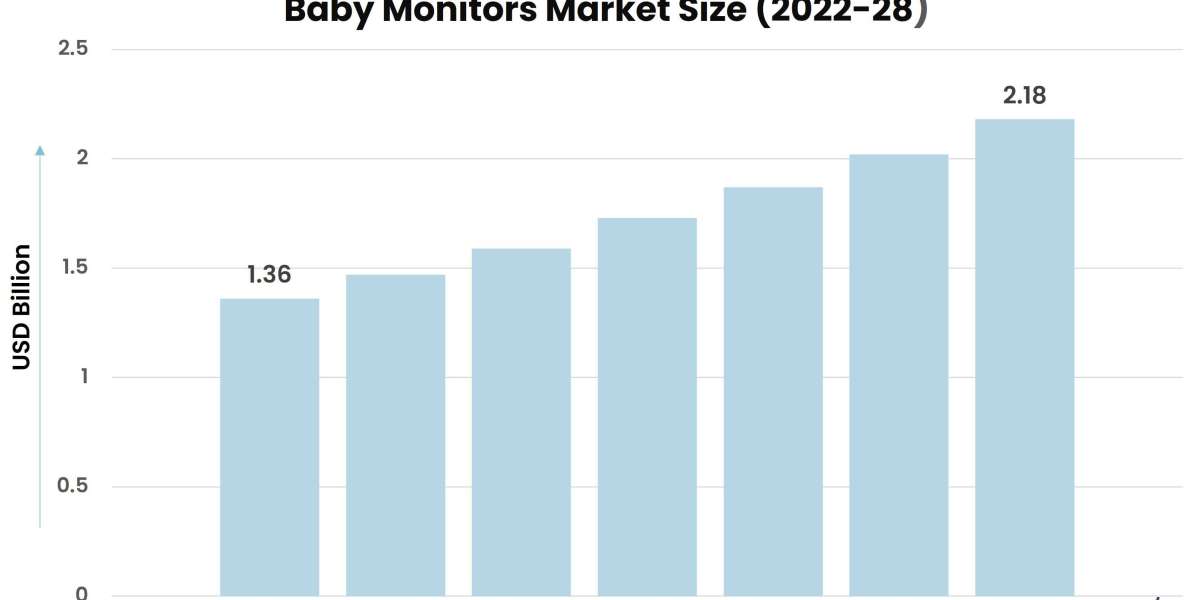In an age defined by rapid technological advancements, the human brain stands at the forefront of a revolution. The intersection of neuroscience and technology is fostering a new understanding of cognitive capabilities, leading to unprecedented methods for enhancing brain function. From brain-computer interfaces (BCIs) to neurofeedback and artificial intelligence, the tools and techniques emerging today promise not only to reshape our understanding of learning and memory but also to redefine what it means to be human. This blog explores the transformative potential of technology in brain development, its applications, challenges, and the ethical implications that come with it.
Understanding Brain Development
The Human Brain: A Complex Network
The human brain, an intricate network of approximately 86 billion neurons, is responsible for our thoughts, emotions, and actions. Its plasticity—ability to change and adapt in response to experiences—plays a crucial role in learning and memory. Neuroplasticity enables the brain to reorganize itself, forming new neural connections throughout life. This adaptability is the foundation upon which tech-enhanced thinking can build.
Neuroplasticity: The Brain's Capacity for Change
Neuroplasticity can occur through two main processes:
Functional Plasticity: The brain's ability to move functions from damaged areas to undamaged areas. For instance, after a stroke, some functions may shift to different regions of the brain.
Structural Plasticity: The brain's ability to physically change its structure in response to learning, experience, or environmental changes. This means that repeated experiences can strengthen or weaken synaptic connections.
These principles of neuroplasticity are pivotal for understanding how technology can facilitate brain development and cognitive enhancement.
The Role of Technology in Brain Development
1. Brain-Computer Interfaces (BCIs)
BCIs represent one of the most groundbreaking advancements in neuroscience and technology. These systems establish a direct communication pathway between the brain and external devices, allowing users to control technology using their thoughts.
Applications of BCIs
Restoration of Movement: BCIs have been instrumental in helping individuals with paralysis regain control over their limbs. By interpreting brain signals, these devices can command robotic limbs or computer cursors, enabling users to perform tasks they could not do otherwise.
Cognitive Enhancement: Future iterations of BCIs could allow individuals to boost cognitive functions. For example, the potential for enhancing memory or learning abilities through direct brain stimulation could fundamentally change education and professional training.
Neuroprosthetics: Advanced BCIs can help restore sensory functions, such as hearing and vision. By directly stimulating the relevant areas of the brain, these devices can provide a sense of perception to those who have lost it.
2. Neurofeedback
Neurofeedback is a technique that provides real-time feedback about brain activity, enabling individuals to learn self-regulation of brain functions. By using sensors to monitor brain waves, users can adjust their mental states through training.
How Neurofeedback Works
Real-Time Monitoring: Neurofeedback systems display brain activity in real-time, allowing users to see their brain wave patterns. This feedback can be visual (graphs or animations) or auditory (sounds that correspond to brain activity).
Training Sessions: Users engage in tasks while receiving feedback. For instance, they may be asked to focus on a task to increase beta waves associated with alertness or to relax to enhance alpha waves associated with calmness.
Applications of Neurofeedback
Mental Health: Neurofeedback has been used to treat conditions such as ADHD, anxiety, and depression. By training the brain to achieve desired states, individuals can learn to manage their symptoms effectively.
Performance Enhancement: Athletes and performers use neurofeedback to improve focus, relaxation, and overall mental performance. This can be particularly beneficial in high-stress environments where concentration is crucial.
3. Artificial Intelligence and Machine Learning
Artificial intelligence (AI) and machine learning (ML) are revolutionizing our approach to brain development. By analyzing vast amounts of data, these technologies can help identify patterns in brain function and inform personalized learning and therapeutic interventions.
Applications of AI and ML
Personalized Learning: AI-powered educational platforms can adapt to individual learning styles, pacing, and preferences. By analyzing student performance, these platforms can deliver tailored content, making learning more effective.
Cognitive Assessment: Machine learning algorithms can analyze brain imaging data to detect early signs of neurological disorders. This can lead to timely interventions, improving outcomes for individuals at risk of cognitive decline.
Research Advancements: AI is also being used to advance research in neuroscience, from analyzing genetic data to simulating neural networks. This can accelerate our understanding of brain function and the development of new therapies.
The Benefits of Tech-Enhanced Thinking
Enhanced Learning and Memory
Technology has the potential to significantly enhance learning and memory:
Gamification: Integrating game elements into educational practices can make learning more engaging. Gamified experiences encourage active participation and reinforce knowledge through repetition and rewards.
Immersive Learning: Virtual reality (VR) and augmented reality (AR) technologies can provide immersive educational experiences, allowing learners to engage with content in a way that traditional methods cannot.
Improved Mental Health Management
The integration of technology in mental health care can lead to more effective treatments:
Accessible Therapies: Digital mental health platforms make therapeutic resources more accessible, particularly for individuals in remote areas or those who may hesitate to seek in-person help.
Real-Time Monitoring: Wearable devices that track physiological markers (like heart rate and sleep patterns) can provide insights into an individual's mental state, allowing for timely interventions.
Greater Independence for Individuals with Disabilities
Tech-enhanced thinking offers the potential to improve the quality of life for individuals with disabilities:
Assistive Technologies: Devices that help with communication and mobility can provide greater autonomy, allowing individuals to engage more fully in daily activities.
Tailored Therapeutic Approaches: Personalized interventions can address the specific needs of individuals with cognitive impairments, improving their overall well-being.
Challenges and Ethical Considerations
1. Privacy and Data Security
As brain-computer interfaces and neurofeedback systems gather sensitive information about individuals' thoughts and emotions, concerns about data privacy become paramount. Ensuring the security of this data is crucial to prevent unauthorized access or misuse.
2. Informed Consent
Informed consent is a cornerstone of ethical research and medical practice. Individuals must fully understand the implications of using technologies that interact with their brains. Clear communication about risks, benefits, and potential long-term effects is essential.
3. Equity of Access
As tech-enhanced cognitive tools become available, there is a risk of creating a divide between those who can afford such technologies and those who cannot. Ensuring equitable access to these advancements is vital for promoting social justice.
4. The Definition of Humanity
The integration of technology into our cognitive processes raises questions about what it means to be human. As we enhance our mental capabilities through artificial means, society must grapple with the implications for personal identity, authenticity, and human connection.
The Future of Tech-Enhanced Thinking
1. Continuous Research and Innovation
The field of brain development through technology is still in its infancy, and ongoing research will be critical. As our understanding of the brain deepens, new technologies and techniques will emerge, leading to even greater possibilities for cognitive enhancement.
2. Interdisciplinary Collaboration
Advancements in tech-enhanced thinking will require collaboration across various disciplines, including neuroscience, psychology, engineering, and ethics. By working together, experts can create comprehensive solutions that address the complexities of brain development.
3. Public Awareness and Engagement
Increasing public awareness of the benefits and risks associated with tech-enhanced thinking is crucial. Engaging communities in discussions about the implications of these technologies will empower individuals to make informed choices and participate in shaping the future.
Conclusion
Tech-enhanced thinking marks a new era in brain development, offering unprecedented opportunities for cognitive enhancement, mental health management, and greater independence for individuals with disabilities. While the potential benefits are immense, it is essential to navigate the challenges and ethical considerations that arise with these advancements.
By fostering interdisciplinary collaboration, prioritizing data privacy, ensuring informed consent, and promoting equitable access, we can harness the power of technology to unlock the full potential of the human brain. As we continue to explore the intersection of neuroscience and technology, we must remain vigilant stewards of our humanity, ensuring that our advancements serve to enrich, rather than diminish, the human experience. The future of tech-enhanced thinking is bright, and it is a journey that we must embark on together, with careful consideration and a shared commitment to ethical progress.













